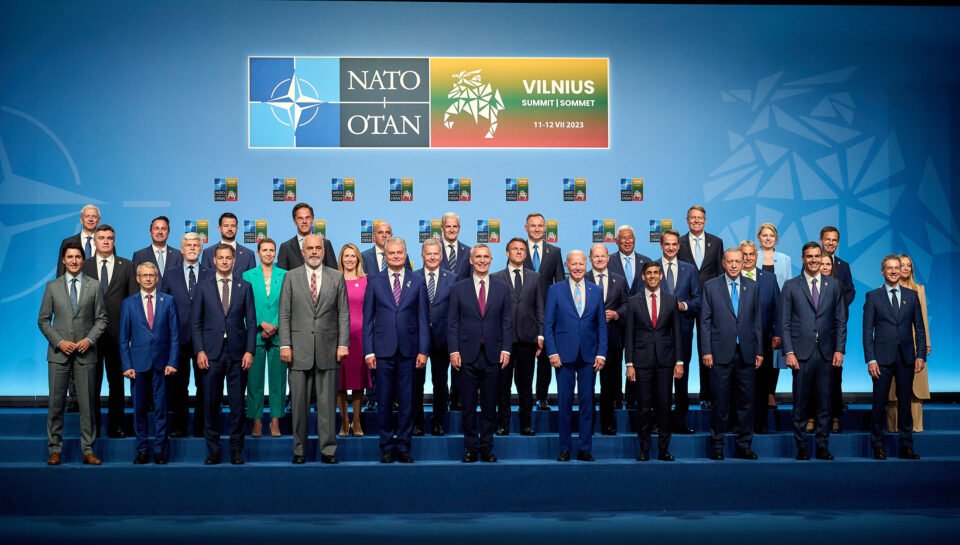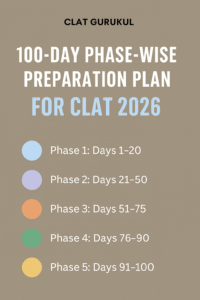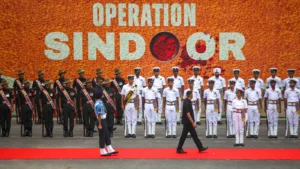
Why NATO Members Have Agreed to Increase Their Defence Spending
In recent years, geopolitical tensions, technological advancements, and evolving security dynamics have prompted NATO members to reassess their defence priorities. This shift has become particularly salient in the run-up to Current Affairs 2026, a period marked by strategic recalibrations amid renewed global threats. As part of their ongoing efforts, NATO allies have collectively committed to increasing defence spending. This article examines the factors driving this decision, its implications for global security, and why such topics are crucial for students preparing for legal entrance examinations like CLAT.
1. The Strategic Imperative
Russia’s 2022 invasion of Ukraine served as a watershed moment. It jolted NATO members to acknowledge Europe’s vulnerability to large-scale aggression. The incursion underscored the inadequacy of previous defence postures and acted as a catalyst, prompting a surge in military modernization. As part of CLAT Current Affairs 2026, this event demonstrates how international law, sovereignty norms, and collective defence principles under Article 5 of the North Atlantic Treaty remain highly relevant—critical knowledge for aspirants delving into legal frameworks.
2. Evolving Threat Landscape
The global security environment is no longer defined solely by state-on-state conflict. Cyber aggression, space-based threats, and hybrid warfare have become frontline concerns. NATO’s renewed focus on these domains reflects a comprehensive approach to contemporary warfare. Aspiring lawyers studying for Current Affairs 2026 or seeking the best online coaching for CLAT can benefit from understanding how defence policies intersect with emerging technologies and legal frameworks that regulate them. These elements are increasingly relevant in CLAT’s analytical reasoning and legal thinking sections.
3. The 2% Benchmark: Commitment in Action
NATO’s longstanding goal has been for member states to allocate at least 2% of GDP to defence spending annually. This benchmark emphasizes burden-sharing, economic capacity, and resolve in collective defence. For CLAT aspirants, it’s essential to link such economic metrics with constitutional and international law dimensions. Law candidates enrolled in online coaching for CLAT often cite this standard when discussing financial commitments embedded within legal and policy discourse.
4. Alliance Cohesion and Political Will
National governments must ask their citizens: Why prioritize defence? For many, rising inflation, disrupted supply chains, and domestic demands compete with military budgets. However, political unity and transatlantic solidarity have kept momentum alive. Countries from Germany to Canada have recently pledged budget increases. For CLAT Current Affairs 2026, these developments underscore the enduring importance of collective decision-making and treaty-based obligations under Article 5. When applied to case studies or essay questions, this offers a compelling narrative.
5. Modernization and Readiness
Raising budgets alone is insufficient. NATO aims to overhaul capabilities—upgrading advanced fighter jets, building missile defences, and investing in cyber infrastructure. This ties directly into the concept of preparedness, stress-tested during rapid deployments in Eastern Europe. For law students, such modernization provides context for rules of engagement, justification of military action, and the laws of armed conflict—one of the most important legal themes across Current Affairs 2026 discussions.
6. Interoperability and Defence Industry
Increased spending is often linked to procurement from multinational defence firms. NATO’s philosophy encourages interoperability—the ability of different national forces to work seamlessly together. Joint exercises, shared command protocols, and common equipment standards are essential. These points feed into legal conversations about cross-border logistics, international contracts, and liability—all relevant in CLAT for building argumentation structures.
7. Economic Multiplier Effects
Investment in defence also carries economic dividends. New factories, technological innovation, and job creation are tangible benefits aimed at garnering public support. Students preparing with best online coaching for CLAT should note how defence policies intersect with constitutional law (e.g., Parliament approvals, budget allocations) and the bigger economic-legal framework driving national growth models.
8. Addressing Public Accountability
With taxpayers footing the bill, transparency in defence spending is crucial. Legislatures demand scrutiny over contracts and allocations to prevent misuse. For CLAT competitors, this aspect connects to themes of accountability, rule of law, and judicial oversight—concepts frequently examined in essays or interviews under Current Affairs 2026.
9. Balancing Priorities Amid Domestic Challenges
In many NATO democracies, healthcare, education, and climate change remain urgent national concerns. Defence increases must be balanced sensibly. The art of prioritization becomes a political and legal challenge—a thematic thread that students in online coaching for CLAT encounter during sectional tests and mock interviews, where real-world budget dilemmas are discussed.
10. Legal Obligations and Treaty Enforcement
Legally, the NATO charter includes obligations for collective defence and cooperation. A failure by members to meet the 2% target is not punished, but it risks weakening the alliance’s credibility. For CLAT aspirants, it’s critical to discuss how treaty obligations translate into domestic law under the Indian Constitution (Article 253 for treaty enforcement) and international jurisprudence.
11. Implications for India and Global Alliances
Though not a NATO member, India monitors alliance decisions closely. Increased European defence spending triggers conversations on Indo-Pacific security dynamics and strategic partnerships with QUAD nations. For CLAT Current Affairs 2026, this adds a comparative international relations dimension—courts may refer to such precedents when weighing treaties or MOUs with India.
12. Preparing Aspirants for CLAT 2026
Essay and Legal Current Affairs: Candidates can craft essays on the evolving nature of collective security.
Constitutional Relations: Understanding how treaties like NATO’s impact domestic legal systems.
Analytical Reasoning: Interpreting data about defence spending and linking it to legal themes.
Interview Prep: Discussing geopolitical shifts, defence budgets, and legal frameworks.
Accessing the best online coaching for CLAT or reliable online coaching for CLAT like CLAT Gurukul ensures coverage of such multidimensional topics. Quality coaching integrates economics, international law, and policy—all essential for Current Affairs 2026.
Conclusion
NATO’s commitment to increasing defence spending stems from heightened geopolitical risk, technological disruptions, and an evolving strategic landscape. These developments carry profound legal, constitutional, and policy implications vital for CLAT aspirants. By analyzing how treaty obligations, domestic protocols, and international security intersect, students gain a deeper understanding necessary for CLAT Current Affairs 2026 success.
For well-rounded preparation, your chosen program—whether best online coaching for CLAT or dedicated online coaching for CLAT like CLAT Gurukul—should offer structured insights into defence policy, international law, and their manifestation in legal reasoning. This ensures aspirants are not just exam-ready, but truly border-aware in a changing world.
Stay ahead in Current Affairs 2026—prepare with relevance, depth, and real-world context.



